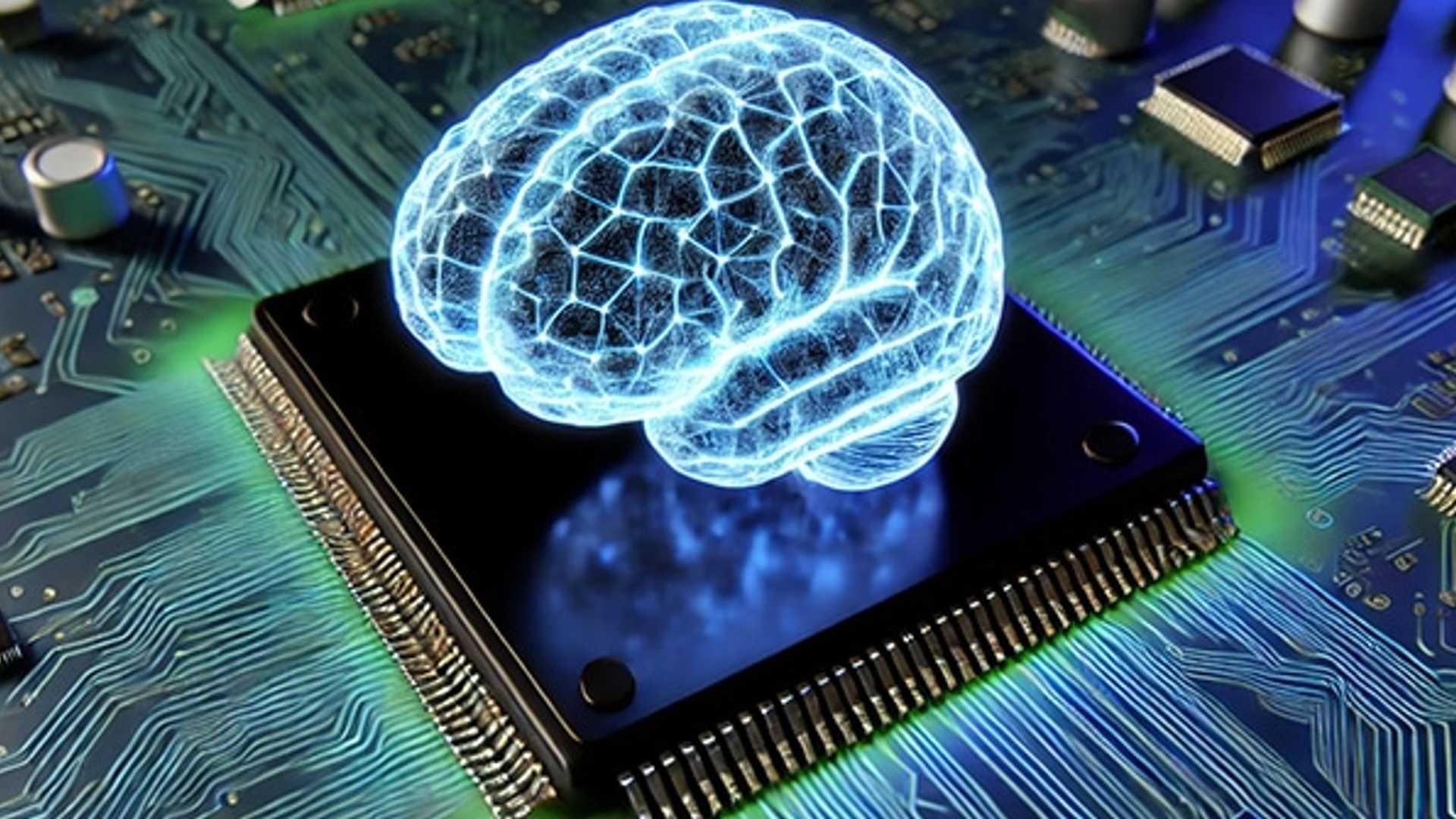The Role of Open Source in Accelerating Quantum AI - Open Source Frameworks Revolutionizing Quantum Machine Learning
Here’s an overview of how open source frameworks are being utilised to build quantum machine learning models, including quantum neural networks and quantum kernel methods. The challenges and future directions in the quantum AI landscape are also discussed.
The convergence of quantum computing and artificial intelligence (AI) holds transformative potential, especially in areas requiring high computational power such as large scale data analysis, optimisation, and pattern recognition. Quantum computing, based on principles like superposition and entanglement, can process and store information in entirely new ways. When applied to machine learning (ML), it promises substantial speedups and the ability to tackle previously intractable problems. However, developing quantum-enhanced machine learning solutions is complex and requires specialised tools. Here, open source frameworks play a crucial role by offering accessible platforms and libraries that allow researchers, developers, and organisations to experiment and advance the field without the need for expensive proprietary software.
Quantum Computing and Its Impact on AI
Quantum-enhanced AI represents a major leap in computing by leveraging the principles of quantum mechanics to overcome the limitations of classical computing. Unlike classical computing, which relies on bits that represent either 0 or 1, quantum computing uses qubits, which can exist in a state of 0, 1, or both simultaneously through superposition. Furthermore, qubits can be entangled, meaning the state of one qubit can directly influence the state of another, regardless of the distance between them. These properties allow quantum computers to perform complex computations at extraordinary speeds, achieving levels of parallelism that are unattainable with classical systems.
Figure 1 shows the flow of quantum data (QD) through the quantum CPU and its interaction with machine learning applications like biometric recognition and autonomous driving.

Superposition
Superposition allows qubits to hold multiple states at once. This means that a quantum computer can process a vast amount of data simultaneously. For AI applications, superposition enables parallel processing, where multiple computations are carried out at once, significantly speeding up tasks like data analysis, model training, and pattern recognition.

Entanglement
Through entanglement, qubits become interlinked in such a way that the state of one qubit directly affects the state of another, even if they are separated by large distances. In AI, entanglement allows more efficient data processing and optimized model accuracy by maintaining coherence among data elements, which is particularly useful in complex, large scale computations.
Optimization
Quantum algorithms such as the Quantum Approximate Optimization Algorithm (QAOA) and the Variational Quantum Eigensolver (VQE) are designed to solve complex optimization problems that classical methods struggle to address. Optimization is a cornerstone of AI and machine learning, particularly in areas such as supply chain management, portfolio optimization in finance, and pathfinding in logistics.
Machine Learning
Quantum-enhanced machine learning accelerates tasks such as model training and pattern recognition. Techniques like quantum support vector machines (QSVMs) and quantum neural networks (QNNs) allow AI models to process and classify data faster and more accurately. This is particularly beneficial in high-stakes applications, such as healthcare, where real-time and precise data analysis can make a significant difference in diagnosis and treatment.




















